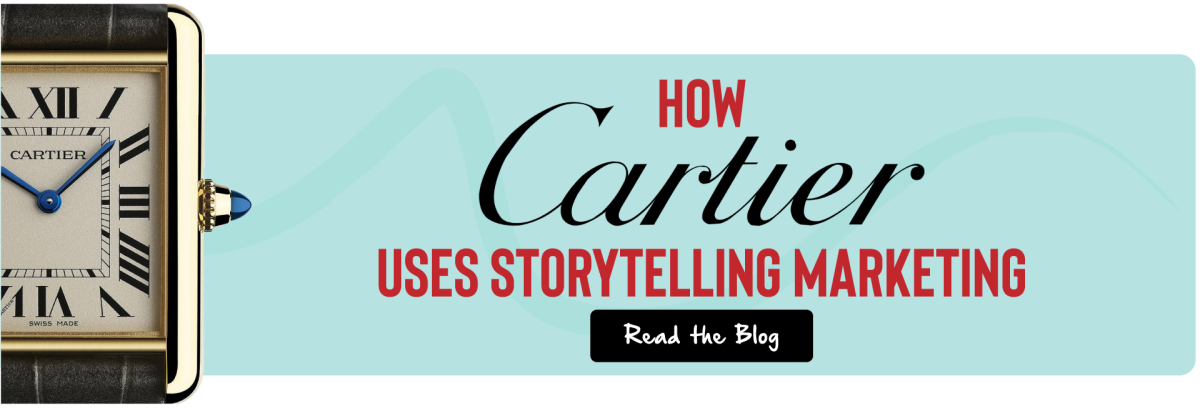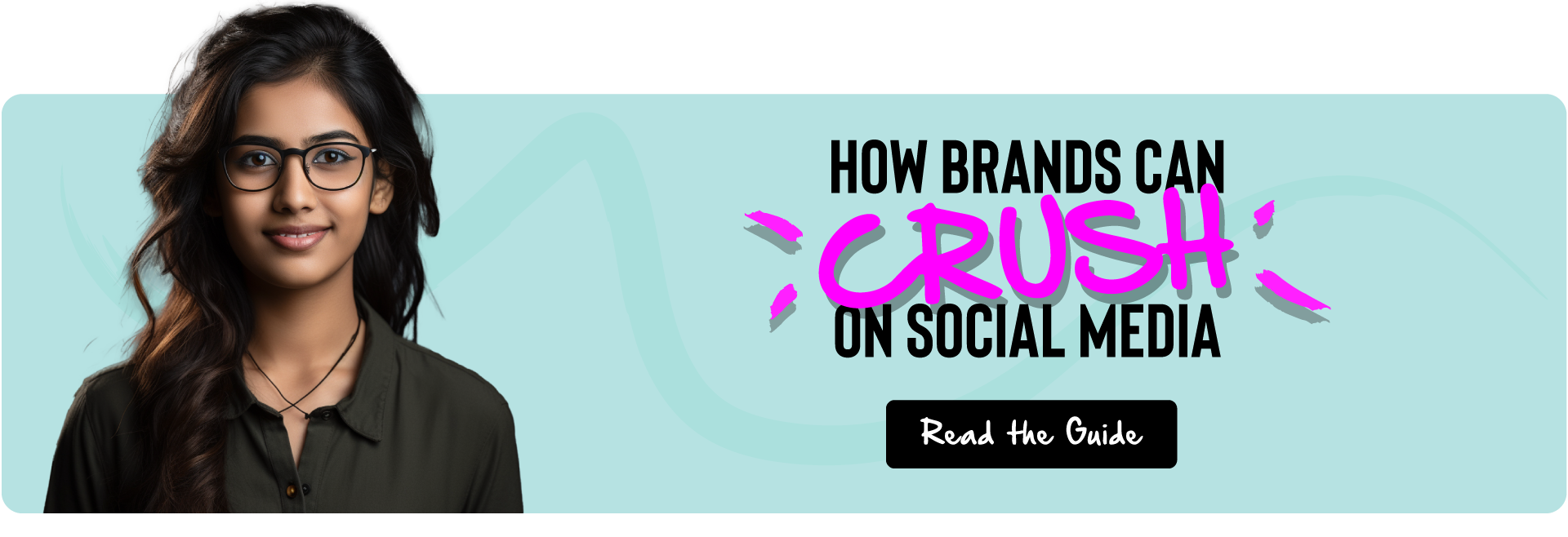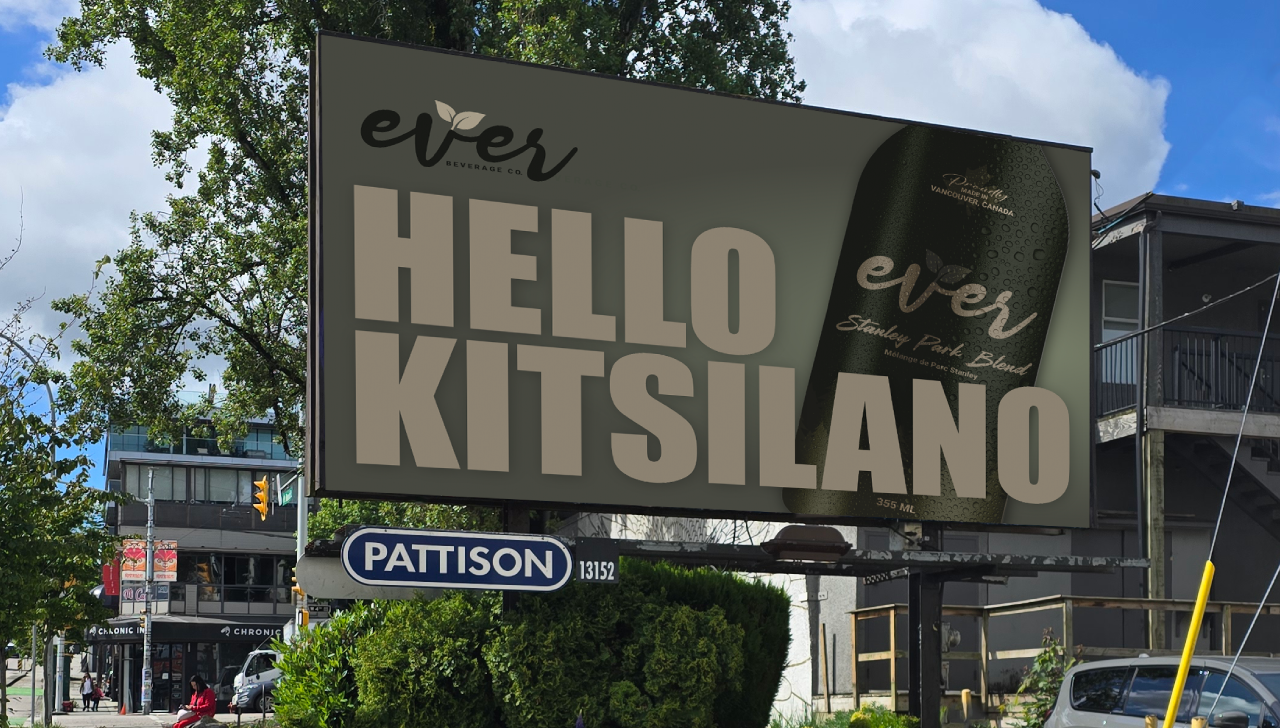
“What’s the ROI of a billboard?”
A client asked me this recently.
Jordan Scheltgen said it best – ‘People driving down the highway seeing a The Coca-Cola Company billboard aren’t going to suddenly cut across 4 lanes of traffic, take the next exit, and buy a Coke…. but the next time they are thirsty, they might buy one.’
I’m bullish on billboards and out-of-home. For some companies, they make a lot of sense. They allow companies to standout in a crowded digital market, and offer some legitimacy.
Anyone can create a digital ad – our feeds are filled with them.
But not just any company is going to take over the side of an entire building. When they do, they send a strong signal to consumers – we are legitimate.
This is why I advised a recent client to do more OOH advertising.
“What’s the ROI of a billboard?”
“That’s the wrong question to be asking,” I replied. “You’re talking sales, I’m talking branding.”
“What’s the difference?”
“But we are a data-driven company, we can’t just throw money at something without knowing if it’s working.”
“Sure you can. You either do or you don’t – it’s your company. This is just my advice.”
Some CEOs (and others) are so hyper-obsessed with data. I get it, I like data too. But not everything worthwhile can be measured. And things that can be measured, the data isn’t always accurate.
Consider this: people only buy products and services (generally speaking) from companies they know and trust. And in order to be a company people know and trust, you must first be seen. Billboards aren’t the only thing I would do, but part of a multi-channel strategy.
A Paradox in Advertising: Land Rover Defender
Marketers (including me) often make a fuss about the value of copywriting, storytelling marketing, outcome-based marketing (aka JTBD), selling the experience, show don’t tell…
Then Land Rover comes along with an ad that breaks all those rules.
Their ad just shows the product along with one word (the model name), and that’s seemingly enough to create desire / demand.
How do we reconcile this apparent paradox?
👉 1. It works because Defender already has a loyal fanbase. So one word is enough. I suspect this tactic could work for other things as well like 501s, McRib, Submariner…
👉 2. It works because autos are complex and expensive. People aren’t seeing an ad and clicking “buy now”. It’s a process.
It’s important to note, this is an awareness ad designed to draw you in and create interest. The website, materials, showroom, test drive, sales rep… are what will actually sell it. This is not their only ad creative, just one in isolation. For all we know, it could fail horribly and they turn it off next week.
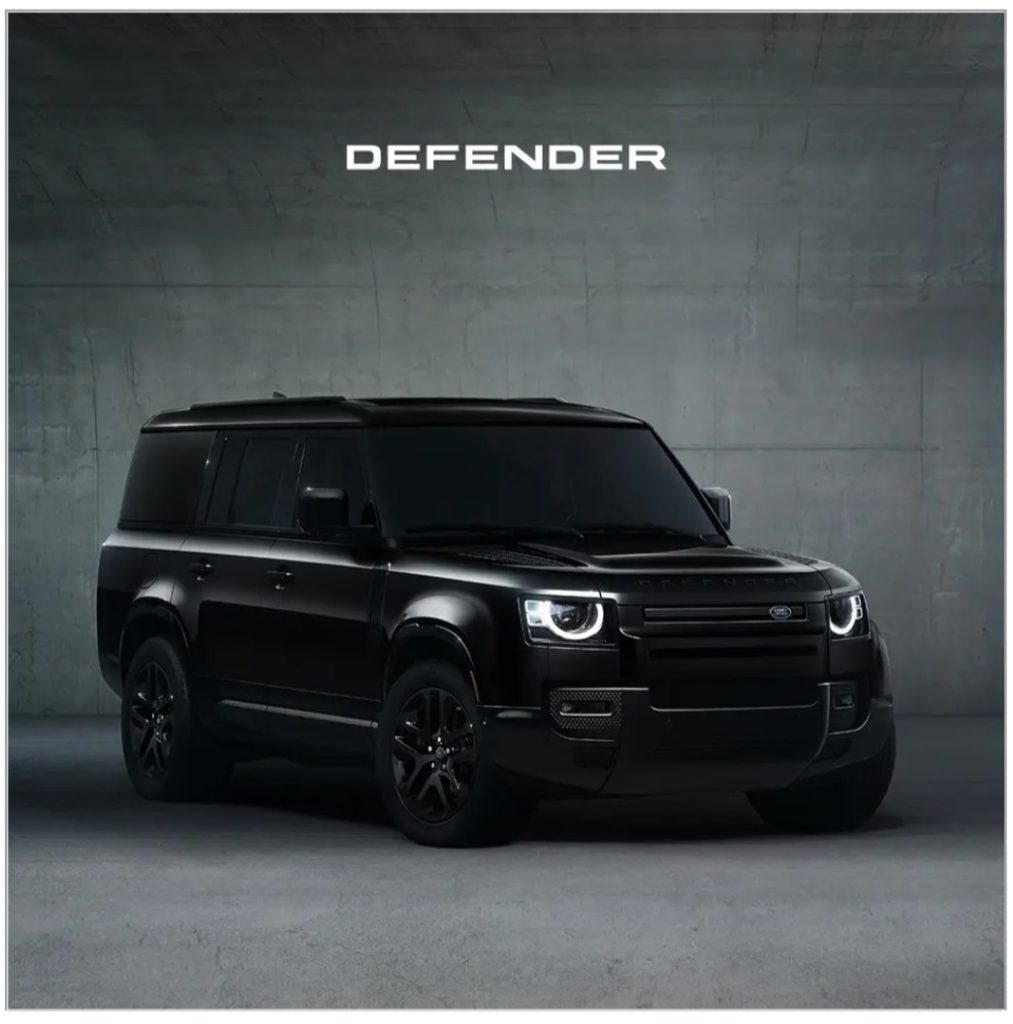
👉 3. It works because often people first develop an emotional connection with their heart, then try to justify it with their head. The vehicle looks stunning, which is designed to attract you on an emotional level. You can imagine it sitting in your driveway, you can imagine driving it, you can imagine being the envy of your friends and neighbours…
As the saying goes, a picture is worth a thousand words.
What Makes a Good Billboard Ad?
A good billboard ad should be attention-grabbing, easy to read, and memorable. Here are some key elements that can make a billboard ad effective:
Simplicity: Keep the message clear and concise. Passersby should be able to understand the ad quickly, even at a glance.
Large, Legible Text: Use bold, easy-to-read fonts. Avoid fancy or overly stylized fonts that may be difficult to read from a distance.
Strong Visuals: Use high-quality images or graphics that are relevant to the message and help to capture attention.
Contrast: Use contrasting colors to make the text and visuals stand out. This helps to ensure that the ad is visible and readable, even from a distance.
Relevance: Make sure the message is relevant to the target audience and the location of the billboard.
Call to Action: Include a clear call to action that tells people what you want them to do after seeing the ad.
Brand Consistency: Ensure that the ad is consistent with your brand’s overall look and feel. This helps to reinforce brand recognition.
Location: Consider the placement of the billboard to ensure that it will be seen by your target audience.
Avoid Clutter: Keep the ad simple and avoid overcrowding it with too much text or information.
Durability: Choose materials that can withstand outdoor conditions and maintain their quality over time.
By incorporating these elements into your billboard ad, you can increase its effectiveness and make a lasting impression on your audience.
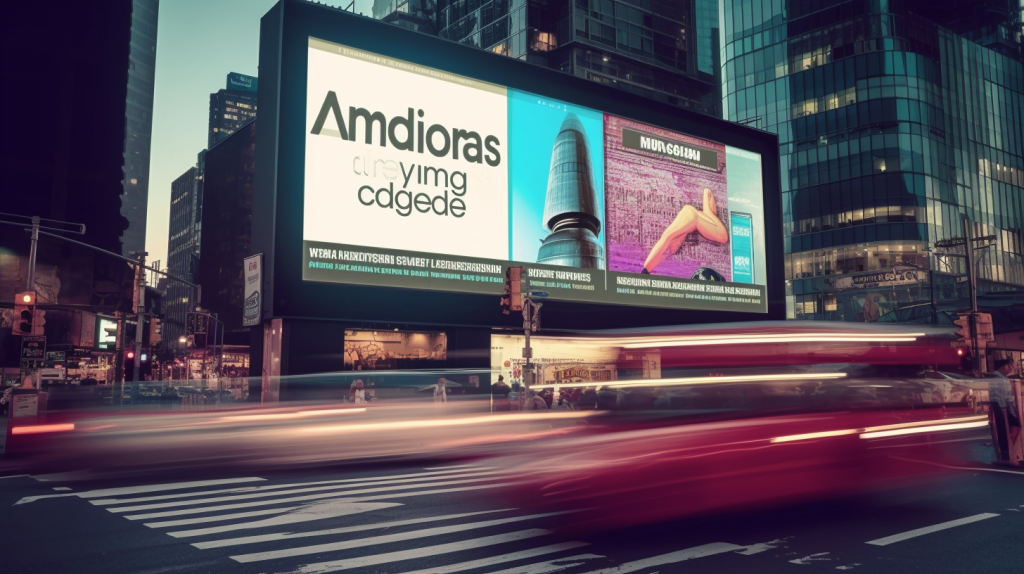
Related Posts

The Future of the Internet: The Next Evolution After the Internet Dies aka Dead Internet Theory
Lately, I’ve been fascinated with the Dead Internet Theory (AI content consumed by AI bots). I think this leads to one inevitable conclusion: the rise of industry-specific closed platforms. In this model, people stop “browsing” and start “entering.” The open web becomes noisy, inflated, untrustworthy, and inefficient.

Jab, Jab, Jab, Right Hook… A Proven Strategy for Social Media Marketing
I came across a B2B company on social who are in a ‘boring’ category, and they are crushing it.

Are Your Customers ‘Aging Out’?
Why do you rarely see adults start skateboarding and become good at it?

Fragmented Future: The Rise of the Microbrand
I see it everywhere, microbrands quietly (and sometimes loudly) outpacing legacy giants across every category: beauty, watches, food & beverage, apparel & footwear, restaurants & cafés, even tech.

How Skype Fumbled the Biggest Bag… Ever
Imagine having a 15-year head start on video calling, global adoption, brand recognition, then… 2020 happened.

A New Definition of SaaS: Steve-Jobs-as-a-Strategy
More brands should lean into having an outspoken, charismatic, visionary voice within their company, and using them as a main part of their marketing.
Need help with your marketing activities?
If you’re looking to make a move with your marketing, reach out to us. We are priced fairly, we’re straight shooters, and are the very best at what we do.


